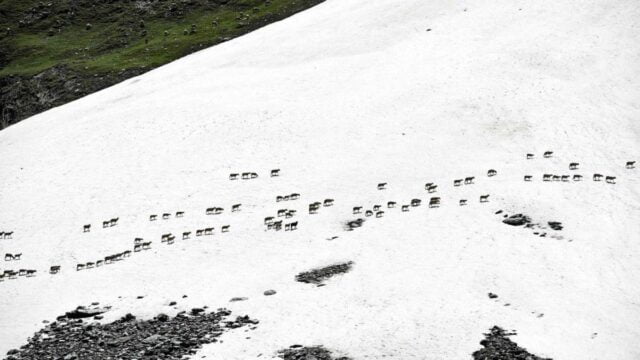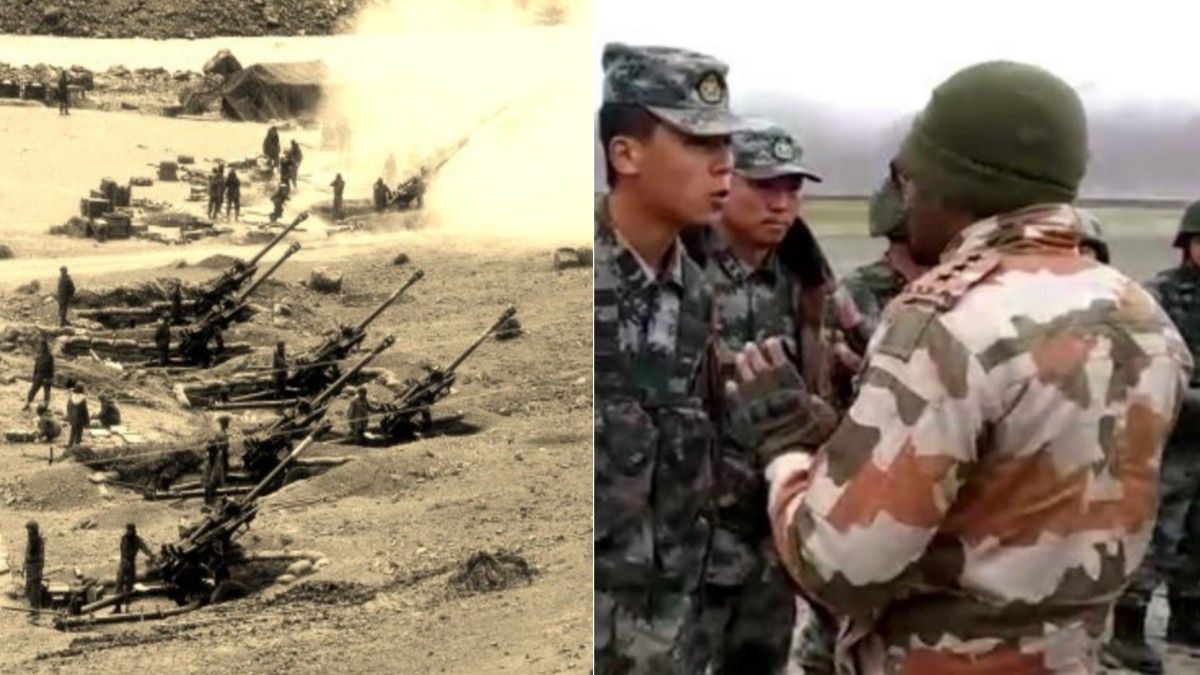The India-China face-off has been a trending topic for the entire nation. The Galwan valley is facing a near-war scenario, and Indians have all eyes on it.
Fortunately, the melting snow has caused a rapid rise in water levels of the Galwan river. This rise in water levels has caused Chinese tents to relocate.

This is not the first time climate change has helped our nation in wars. Back in the year 1999, the melting of snow in high altitudes helped our nation in winning the Kargil war.
Back In The Time Of Kargil War
In 1999, the Kargil war between India and Pakistan along the Line Of Control (LOC) and Kargil district of Kashmir was a victory written in golden letters.

In the Kargil war, Pakistani soldiers positioned themselves in higher altitudes to gain an advantage in combat. The higher altitudes limited the drinking water options for the Pakistanis and melting snow was the central source of drinking water available.
During the war, most of the snow was polluted by chemicals in the weapon fires. In the heat of June, snow began melting and flowed down to the nullahs, which were overshadowed by the Indian Army’s assault troops.

Also Read: What Is The Latest India-China LAC Standoff All About And What Is India Doing About It
Most of the flowing water was mixed with chemicals from the fired artillery and mortar, and this made the water poisonous. Pakistanis were left with thirst and no water to drink.
The damage was done on both sides. Soldiers of both nations suffered from various diseases due to drinking unfiltered water. Some Indian soldiers had to suffer from blood dysentery after consuming polluted snow. Many Pakistani soldiers suffered from Amoebiasis and kidney failure.
Snow In The Galwan Valley
In the light of recent heat between the two nations in the Galwan valley, the repositioning of Chinese troops is a boon to our nation.
The rise in temperature in the Aksai Chin region has risen the water level of the Galwan river, which has made any positioning near the river bank, a dangerous move. This has led the Chinese troops to move back to their previous positions.

For China, holding on to the current positions in Galwan, Gogra, Hot Springs and Pangong Tso will be tough and undefendable in the long run.
However, the de-escalation of China from the border will be a long struggle. But flooding of Chinese tents has come as a big setback for China.
Image credits: Google Images
Source: Times Of India, Hindustan Times, Economic Times
Find the blogger: @mitali_pk
This post is tagged under: kargil war 1999, Kargil war, kargil, india china border, india china border dispute, india china galwan, india china lac standoff, india china lac tension, india china combat, galwan valley, Galwan Valley Stand-off, kargil snow , water rising in galwan valley
Other Recommendations:
Where Do India And China Stand In Terms Of Military Strength































